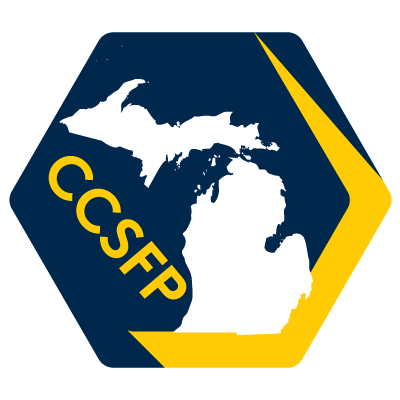Lindsey Marlin

Pronouns: She/Her/Hers
UROP Fellowship: CCSFP, Mid Michigan College
Research Mentor(s): Angela Abreo, PhD
Research Mentor Institution/Department: School of Education, Center for the Study of Higher & Postsecondary Education
Presentation Date: Wednesday, August 4th
Session: Session 3 (5pm-6:20pm EDT)
Breakout Room: Room 2
Presenter: 6
Abstract
“Student parents are a growing percentage of the college student population (Roy et al., 2018). For this group of nontraditional students, resources such as on-campus childcare, lactation spaces, and family housing are pertinent to balancing the demands of parenthood and school. However, recent studies (e.g., Kensinger & Minnick, 2018) have alluded to student parent invisibility in institutional policy and practice. In this study I examined inclusion of student parents in official university statements (i.e., policy), and access to information about, and availability of, student parent resources (i.e., practice). The study addresses three research questions: 1. Do public four-year universities & colleges include student parents in their non-discrimination &/or diversity statements? 2. For students who are parents, how easy is it for prospective and new university students to identify relevant resources? 3. Is the number of relevant resources related to inclusion of student parents in non-discrimination &/or diversity statements? 15 Michigan public four-year universities were selected for website analysis to explore official policy along with resources allocated and accessible to student parents. I developed a measure of “ease of identification” by taking the ratio of identified student parent resources to the total number of resources appearing on the first page of the search results. From there, these percentages were converted to a five-point scale ranging from “very hard to find” – “very easy to find”. Six of the 15 universities (40%) included student parents in their official statements. Additionally, universities inclusive to student parents scored a 14.43% – 15.6% in accessibility, representing the “very hard to identify resources” category. However, universities that did not include student parents in their non-discrimination &/or diversity statements scored a 23.33% – 31.78% in accessibility, representing the “fairly hard” to find category. To explore the relationship between inclusion in policy and inclusion in practice, I measured the average number of resources allocated to student parents at each institution. Although colleges that mentioned student parents in their statements had fewer resources (M=4.76) than those that did not mention student parents, (M=5.78), a t-test revealed that the college types were not statistically different. To further explore possible relationships between the type of institution and the number of resources available, I categorized each of the 15 institutions into two categories (very high research vs less than very high research) using the Carnegie classification system. A t-test revealed that very high research institutions appear to have more resources (M=8.33) than institutions that are less research-intensive (M=4.58). These findings allude to an interesting conclusion. While the majority (60%) of universities did not include student parents in their non-discrimination &/or diversity statements, this seemingly had no bearing on the number of resources allocated, and their accessibility, to student parents. Yet, the inaccessibility of student parent resources, along with their exclusion in policy, was a prevailing problem. Future research should be done exploring the relationship between policy, practice, and a university’s research classification.”
Authors: Lindsey Marlin
Research Method: Library/Archival/Internet Research







